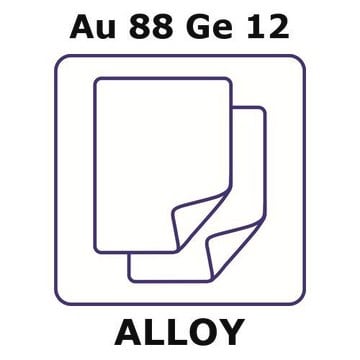GF67936483
Lead
rod, 500mm, diameter 3.2mm, 99.95%
Synonim(y):
Lead, PB007910
About This Item
Polecane produkty
Próba
99.95%
Postać
rod
producent / nazwa handlowa
Goodfellow 679-364-83
rezystywność
20.65 μΩ-cm
dł. × śr.
500 mm × 3.2 mm
tw
1740 °C (lit.)
mp
327.4 °C (lit.)
ciąg SMILES
[Pb]
InChI
1S/Pb
Klucz InChI
WABPQHHGFIMREM-UHFFFAOYSA-N
Opis ogólny
Informacje prawne
Hasło ostrzegawcze
Danger
Zwroty wskazujące rodzaj zagrożenia
Zwroty wskazujące środki ostrożności
Klasyfikacja zagrożeń
Aquatic Acute 1 - Aquatic Chronic 1 - Lact. - Repr. 1A - STOT RE 1 Oral
Organy docelowe
Central nervous system,Blood,Immune system,Kidney
Kod klasy składowania
6.1C - Combustible acute toxic Cat.3 / toxic compounds or compounds which causing chronic effects
Klasa zagrożenia wodnego (WGK)
nwg
Temperatura zapłonu (°F)
Not applicable
Temperatura zapłonu (°C)
Not applicable
Certyfikaty analizy (CoA)
Poszukaj Certyfikaty analizy (CoA), wpisując numer partii/serii produktów. Numery serii i partii można znaleźć na etykiecie produktu po słowach „seria” lub „partia”.
Masz już ten produkt?
Dokumenty związane z niedawno zakupionymi produktami zostały zamieszczone w Bibliotece dokumentów.
Nasz zespół naukowców ma doświadczenie we wszystkich obszarach badań, w tym w naukach przyrodniczych, materiałoznawstwie, syntezie chemicznej, chromatografii, analityce i wielu innych dziedzinach.
Skontaktuj się z zespołem ds. pomocy technicznej




